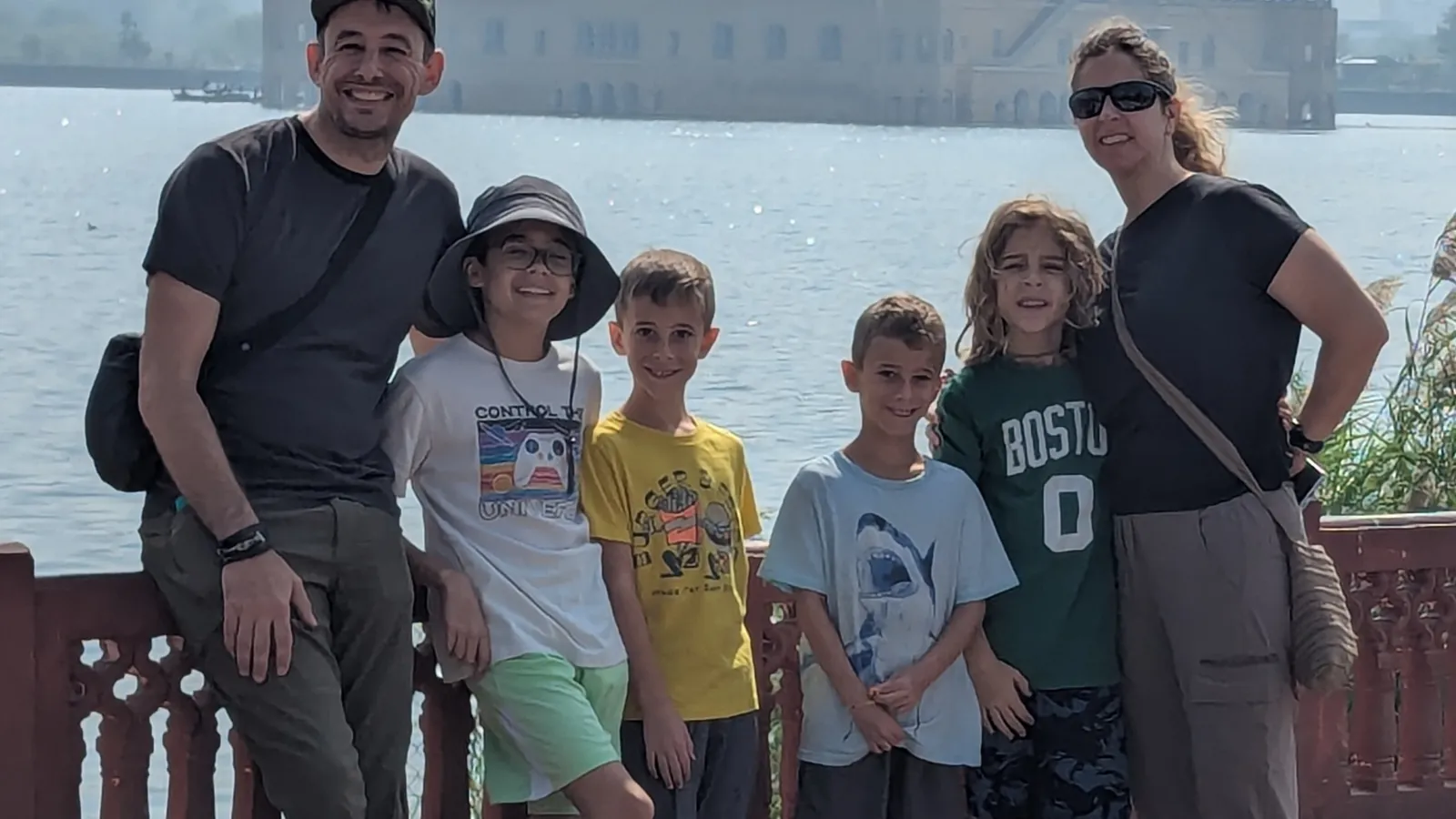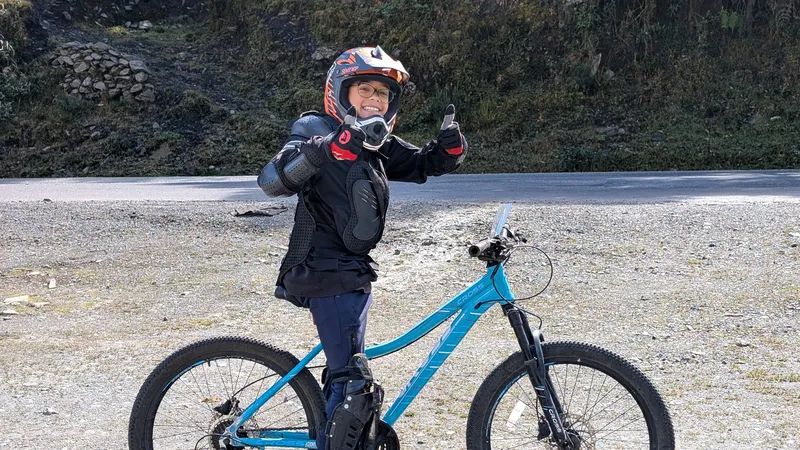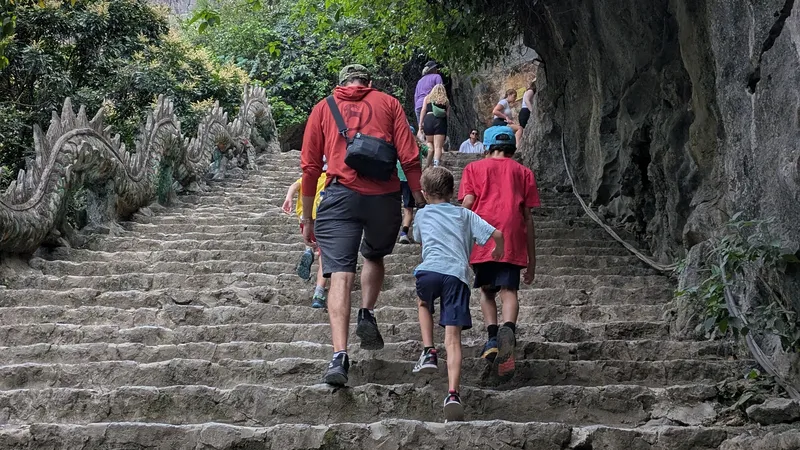Reflections regarding Monday February 3, 2025 in Jaipur, India
Our whirlwind tour through the Indian state of Rajasthan was just getting started. Rajasthan is located in the central-north part of India. It is primarily a hot desert, dependent on the summer monsoon rains for water, containing an enormous amount of natural resources such as lead, silver, crude oil, and so much more. Trading posts for silk, spices, and cashmere were established throughout Rajasthan, adding to its wealth.
One of the cities, Jaipur, was the first planned cities of Rajasthan and became known as the “Pink City” when Maharajah Sawai Ram Sing painted the city pink as a way of welcoming Queen Victoria I. Actually, she never visited Jaipur, but her husband Prince Albert did so I guess that counts?!? We stayed a few minutes’ drive outside of the old city and left our hotel at 9:00AM to visit the Pink City and Amber Fort. On the way, we picked up our tour guide for the day who was ecstatic to show us a few “surprises” that were technically not part of our tour. I had a feeling he did this for everyone; nevertheless, it made the boys feel special. Just inside the Pink City gates, we stopped for a photo op where we saw a snake charmer charming the pants off his snake. PRO TIP: If you stop to watch or take a picture of a snake charmer on the street in India, even for just a moment, he will expect you to pay him.
We quickly returned to the car and drove to the Amber Fort. Along the way, we saw and/or visited three of the four surprises. The first, was not so much a surprise as a viewing point to see the Amber Fort and where our tour guide instructed us to take photographs with the Amber Fort in the background. It was a lovely viewing point, but not one I would call a “surprise.” The boys didn’t really understand why we had to take pictures of the fort from so far away. However, the view did give us the ability to watch as tourists rode on beautifully adorned and painted elephants, winding up the long and steep snake path to the main entrance of the fort. Of course, they wanted to do the same thing and were disappointed to hear that we would not be taking any elephant rides. Chaim and I explained tried to explain that after plenty of research on elephant riding in India, we had a real concern for how the animals were treated. Our boys listened but refused to believe that the animals were treated unkindly or unwell. They told us we were overreacting.
After taking obligatory photographs and managing disappointment over quashed elephant dreams, we continued driving toward the Amber Fort. In the distance, we could see an undulating wall that rose and fell with the topography of the land. Think Great Wall of China. The wall, also known as the Amer Wall or Jaipur Wall, was built to defend the city of Amer from invaders. It is the third largest defensive wall in the world, stretching for seven miles (twelve kilometers). We all appreciated this second surprise, marveling at its length and how solid it still looked after so many years.
For our third surprise, we drove into a dense area with narrow streets, shrines, and homes, to stop and see the Panna Meena ka Kund, also known as the Amer Stepwell. We had no idea what to expect because we had no idea what our tour guide was taking us to see. Talk about blind trust! As we walked through the entrance of the stepwell I was overwhelmed by the numerous staircases zigzagging in and out of a giant open-air cistern. It felt like we had just walked into the middle of a dizzying M.C. Escher painting. There are believed to be over six hundred stepwells like these in India. Just like Lake Man Sagar, rajas and other wealthy patrons built these wells to catch monsoon rainwater. The staircases were designed in such a way to allow individuals to use the water no matter the level. It is an eye-catching, jaw-dropping architectural design. The boys, of course, stepped right to the edge and asked to walk on the staircases. I appreciated the tour guide who recommended against it.
Finally, we made our way to Amber Fort. Our driver, Ajay, drove us as close to the side gate as possible where we exited as quickly as possible because the traffic was terrible. Amber Fort, also known as Amer Fort because it was built to protect the city of Amer, was originally built at the end of the 16th century by Raja Man Singh I and completed in the 18th century after several expansions and additions by subsequent rulers. It is famous for its intricate architecture that fuses Mughal and Rajput styles and contains a beautiful mosaic mirror wall, and gardens.
Inside Amber Fort, the boys impressed us with their questions about history, engineering, architecture, and modern events of the fort. While exploring the maze of rooms and courtyards, we watched more elephants entering and exiting the fort. At one point, we noticed a driver repeatedly pounding his knee into the back of his elephant’s neck because it was not walking in the direction he wanted. On the elephant’s part, it looked visibly annoyed and like it had no interest in doing whatever it was being forced to do. When the boys saw this, they said they understood the choice Chaim and I had made about not riding elephants. They also asked why other people would choose to ride the elephants. Doesn’t everyone care about animals? Ahh, to be a child. We carefully explained that some people aren’t aware that animals aren’t treated as well as expected, and frankly some people don’t see it as a problem. The boys mulled this over as we finished our tour of the fort.
We saw our last surprise when we stopped for a view Jal Mahal (literally translated to “Water Palace”) a palace built, expanded, and renovated over two centuries situated in the middle of the manmade Lake Man Sagar. The lake was built by Raja Man Sing I at the turn of the 17th century to create a reliable water source for the city. The palace is accessible only by boat. As we understood by the end of our tour of Rajasthan, many rajas constructed lakes by diverting nearby rivers to ensure their cities had water for drinking, bathing, washing, and religious rituals. For over two centuries, Lake Man Sagar was the primary water source for the city. However, our tour guide explained that the lake has been degrading due to foreign companies’ waste disposal practices upstream. Fortunately, there is a restoration project under way to clean up the lake.
Although we were growing tired, we decided to visit the City Palace, per our tour guide’s recommendations. The best part of the tour for the boys was knowing that the king of Rajasthan and his family still used the palace. Our tour guide shared that to be able to give tours of the City Palace, one had to have lived there or be a descendant of someone who worked in the palace. When the boys realized this meant our tour guide had grown up within the palace walls, their jaws dropped. Their minds exploded when our guide showed them an Instagram picture of him and the king at a wedding. Matanel said, “It’s neat that the king lives in a place we visited.” To top it all off, as we were about to leave the palace, pedestrian and car traffic came to a halt when an entourage of cars with some VIP royals came through.
We finished the day with a visit to an artisan shop focused on selling jewelry, pashminas and suits, and statues. Based on all of our previous tours in India so far, we were realizing that every day ended with a visit to an artisan store. In Old Delhi it was teas, nuts and dried fruit, dresses, and jewelry. In Agra it was marble with inlaid gemstones. In Jaipur we learned the primary focus was gemstones and jewelry and the pashminas. The boys were excited by the different birthstones and eager to look for their stone among the jewelry. Meanwhile, an odd experience occurred when I noted a beautiful necklace and asked about it. I didn’t really have plans to buy it (it’s so not my style and was completely out of my price range anyway), but I was curious about it because it was quite large and ornate. In fact, it was the largest and most ornate necklace in the store. Immediately, the store attendant responded, “You can buy it, but you cannot wear it. It is only for Indian women when they wear a sari.” I’ll be honest, the feisty side of me wanted to take that as a challenge and say, “Wanna bet?” Of course, I did no such thing. On one hand, I found it pretty ridiculous that a man thought he could tell me that I was allowed to purchase something while having the audacity to tell me I couldn’t wear what I would have then owned. On the other hand, I appreciated the fierceness with which he protected his culture and tradition, even though it did not prevent him from trying to sell that same object to fatten his wallet. Call me crazy, but that was a bit much for me.
We visited the pashmina section afterward. The pashminas were luxuriously soft and gorgeous, and I wished I could have bought all of them. Pro tip for bargaining in India: Look longingly or wistfully at an item while sighing. When the seller shares the price, simply say "Sadly, it's outside my budget" and then sigh again. While this was true for the most part, I may have exaggerated my sighing a little more than necessary. I barely spoke more than that. The seller kept telling me to try on pashmina after pashmina, which I did because I wanted to see what it would look like and enjoy the fabric. And then I’d sigh again. In the end, he brought down his price low enough for me to be able to buy two beautiful pashminas (with the boys’ input of course) for almost the same price as he'd quoted me for one at the beginning. I am sure the seller started much higher than necessary, but in the end we both felt like we’d won the negotiations.
After saying goodbye to our tour guide, Ajay drove us back to our hotel where the boys were able to complete some journaling without much fanfare and Chaim went to work.



